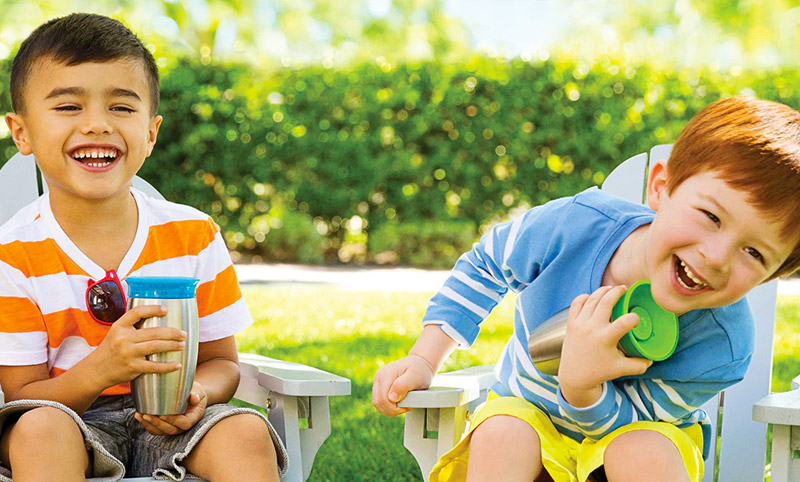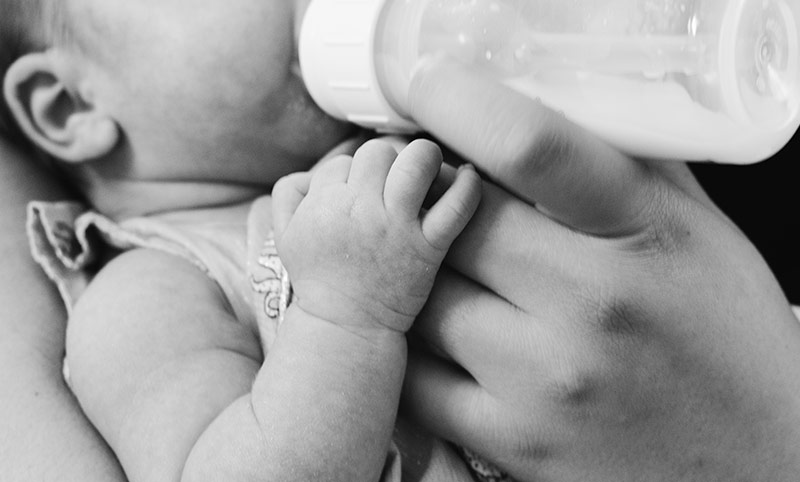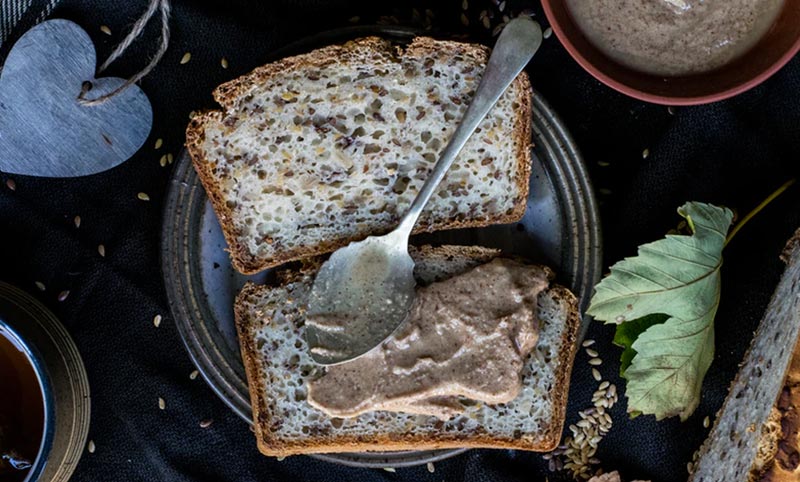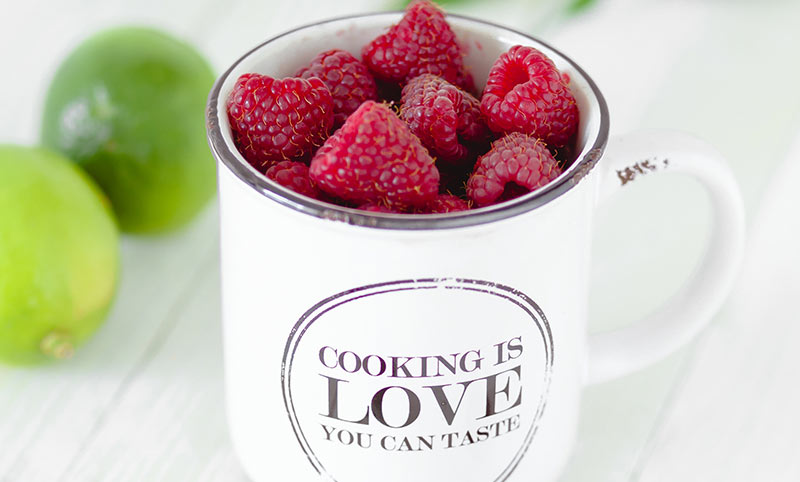
At What Age Should a Baby Use a Sippy Cup?
When your baby hits about nine months, it suddenly occurs that every well-wisher who ever told you “Enjoy every minute, they grow so fast” wasn’t being overly sappy. Suddenly that baby who required your assistance to just hold her head up is gaining independence at breakneck speed!
One of the biggest milestones that proves she’s “not my little baby anymore” is the transition from bottle to sippy cup. While this can bring a lump to our throats as parents, there are plenty of reasons to look forward to this new season, not to mention all the even more exciting ones to come.
Here’s why you shouldn’t fear moving your baby to a sippy cup:
- Sippy cups are so much easier to clean. No locating bottle brushes or carefully cleaning easy-to-tear nipples.
- Say goodbye to replacing bottle nipples.
- Sippy cups can assist with potty training – woohoo! Of course, that won’t be for several months, but at least you’re a step closer to no diapers!
- Sippy cups communicate to your baby that she is growing.
- Sippy cups are so cute!
- Sippy cups prevent tooth decay more than bottles. That’s because the sugars from bottles stay in your child’s mouth longer than sippy cups, which flow much easier.
- Sippy cups allow your little one to just get done with the drink already!
So how do you know it’s time to transition to a sippy cup? Well, a lot depends on whether or not you’re breastfeeding. If you are, your baby may not need a sippy cup until you’re ready to wean him. If you choose to breastfeed past a year, that’s fine. You might find, though, that around 12 months your baby may enjoy having a sippy cup for between nursings.
If you’re bottlefeeding, you can begin introducing the sippy cup a bit earlier since you won’t be jeopardizing your milk supply. Once your baby is crawling, can hold a bottle without help, and is around nine months old, you can show her a sippy cup full of a favorite juice and let it trickle onto her tongue. If you approach it as though it’s a fun toy, which many sippy cups resemble, it’s probable your baby will take right to it.
If your baby doesn’t care for the sippy cup, by all means, let it wait. As you’ll find at different stages in your child’s life, there are no absolute benchmarks for developmental stages. All children learn to walk, run, read, ride bikes, and drink from sippy cups at different times. It’s best to save any power struggles for issues that matter, rather than developmental hesitations like wishing to stick with the bottle for now.
Above all, let your child learn to give thanks for the treat that’s in the sippy cup, and give thanks yourself for the joy of getting to raise this little life.
And enjoy every minute. They really do grow so fast.
Our Favorite Cups:
Amazon Auto Links: No products found.



